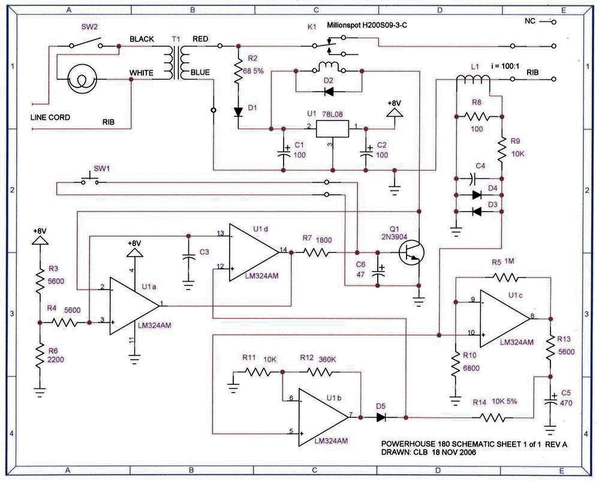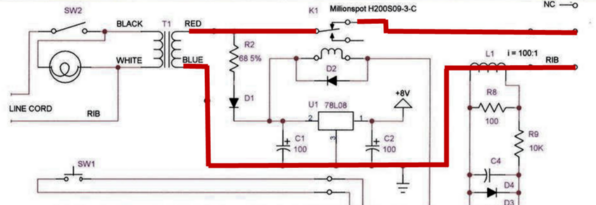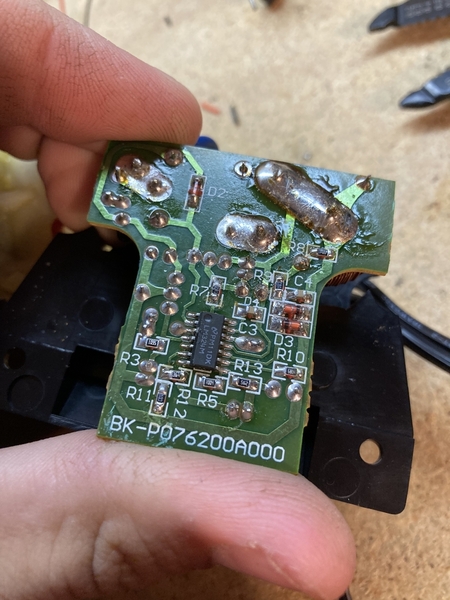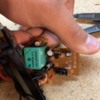Good evening everyone
Last Thursday there was an "incident" at the club and we killed a 180W brick. Hooked up two older transformers into a 360W PM and when we went to test everything we found no voltage and the secondary voltage cords from both transformers VERY warm, power was immediately killed. Shockingly the PM was fine and one PH was fine but the other was not.
I have came to the conclusion that the relay inside the PH some how arced or something and won't handle any current. I have found with forum information that the relay is a Millionspot H200S09. However I can not find that relay anywhere but in mentions on the forum to the 180W PH. So my question is does anyone know where I can find that relay or one that should be the same form
Also if there is any tips as to what screw driver will fit down there to get it popped open that will be appreciated.
Thanks!
















